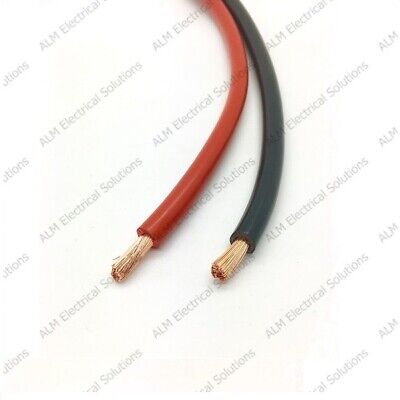mikewroe
Full Member
- Messages
- 43
Looking to buy a second hand Sterling 30 amp B2B charger. Reading the data sheet it suggests using 6mm cable up to a 8m run.
This looks a bit light?
Renogy by comparison show a larger cable section, even bigger on the input side.
I know big is best but cost and easy of wiring also factor in.
I was hoping to use 10mm or less as I can't crimp fittings to larger cables.
This looks a bit light?
Renogy by comparison show a larger cable section, even bigger on the input side.
I know big is best but cost and easy of wiring also factor in.
I was hoping to use 10mm or less as I can't crimp fittings to larger cables.


